The India Dream
Is India the new China? Part 1 of a new 2 part series on India and China.
I've been a bit behind on my writing lately, but I have a good reason. I recently spent several weeks in India and China, updating my thesis on the developments in these countries.
Many people have asked me to share my insights from these visits, so I'm presenting a two-part series: the first focuses on India, and the second on China.
This post on India expands upon the narrative I recently shared with the board of one of India's leading companies.
Before we dive in, please note that these are my personal opinions, and I don't claim to have the only perspective on such complex and profound countries. I am also open to the idea that I may be wrong or that additional perspectives could make this analysis more robust.
Let's rewind to 2008 when I was sent to China as the Marketing Director of Reckitt Benckiser. My first five years there felt like a golden age, filled with an overwhelming sense of positivity. Young people were everywhere, chasing the Chinese dream. The country was ultra-competitive and displayed more capitalistic behaviour than the UK and Europe, where I had moved from. It was technology-driven, people worked hard, and there was a lot of capital chasing many startup companies that are now household names globally.
During my visits to India between 2022 and 2024, I encountered a similar atmosphere of youth, optimism, and capital, actively seeking opportunities rather than vice versa. Interestingly, Delhi's air quality in 2024 reminded me of Beijing's air quality back in 2008.
This led me to a Framework to anticipate what’s coming in India: Is India in 2024 akin to China in 2008? And does it have the potential to follow in China’s footsteps in the coming decade?
To explore this Framework, consider the year each country liberalized as their 'Ground Zero.'
Deng Xiaoping spearheaded China's liberalization, which began in 1978 when he famously declared in Shenzhen, "To be rich is glorious."
Similarly, PV Narasimha Rao, often called the 'accidental' Indian Prime Minister, transformed India by initiating liberalization in 1992.
As countries urbanize, they tend to become wealthier. When plotting China and India's progress on two axes—urbanization ratio and real GDP per capita—a surprisingly similar trajectory emerges, with India trailing about 15 years behind China.
Upon closer examination, this trend similarity extends beyond ratios to absolute GDP numbers.
Here's a chart depicting real GDP 32 years after liberalization for both countries, illustrating that they reached comparable points within a similar timeframe. In 2022, India is on a trajectory identical to China's in 2007.
What does this look like in practice?
Let's take Shanghai in 1995 as an example—here's what the skyline looked like back then.
and here’s a picture I took when I was in Shanghai in 2011
By 2011, Shanghai had already become quite a developed city, boasting a skyline only slightly more impressive than Mumbai's, India's commercial capital, when I visited in 2024.
But did this growth happen suddenly? What does the future hold?
To explore this, let's revisit my previous exponential growth framework to understand how growth occurs in real life.
Allow me to reintroduce you to Bacteria Bob.
Bacteria Bob and his minions double in number each day, fully colonizing the petri dish in ten days. By the ninth day, they've achieved 50% coverage; on the eighth day, 25%; on the seventh day, 12.5%; on the sixth day, 6.25%; and at the halfway point, on the fifth day, only 3.125%. The impending growth spurt from day six to day ten seems impossible to predict.
In Bacteria Bob's world, growth starts slowly as he and his fellow bacteria work to establish themselves on the petri dish. However, once conditions are optimal and the groundwork is laid, growth accelerates exponentially. This mirrors the journeys of India and China, where initial efforts in liberalization and urbanization set the stage for rapid economic expansion.
Both countries experienced a gradual build-up, similar to Bacteria Bob's early struggles, before reaching a tipping point where growth appeared to happen suddenly. This pattern illustrates a fundamental truth: growth occurs gradually, then suddenly.
Similar to Bacteria Bob, China conquered the world in the next fifteen years, with GDP rising from $4 trillion to $18 trillion.
This growth spurt can be seen in the transformation of the Shanghai skyline once again.
This transformation was wide AND deep. It fundamentally impacted EVERY sector in China. Here are some numbers which show progress in phase 1 from 1979-2007 (which I postulate is comparable to India today) and then in phase 2 from 2008-2022 (which I postulate is India’s opportunity)
Can India follow the same path and repeat China's story?
Here are two scenarios:
Indian GDP from 2023-2037 grows annually at the same rate that China grew from 2008-2022
The second scenario applies a 20% discount
Regardless of the scenario, even if it significantly underperforms China, India has the opportunity to transform lives, futures, and wealth. The question is whether India will grow 5X, 4X, or 3X - any of which is hugely positive.
The American Dream, rooted in the belief that anyone can achieve prosperity and success through hard work and determination, has driven the United States' remarkable productivity, innovation, and economic growth. This dream fueled individual ambition and propelled the nation to become a global superpower, influencing world politics, culture, and economics. It also led to the USA driving the highest delta in Global GDP between 1900 and 2000.
Similarly, the Chinese Dream emerged as China embraced rapid industrialization and economic reforms, elevating it to the world's second superpower. This vision of national rejuvenation has fueled China's technological advancements and economic expansion. China drove the highest delta in Global GDP between 2000 and 2023.
Now, the Indian Dream is on the horizon. India is poised to harness its youthful population, technological prowess, and entrepreneurial spirit to potentially follow a path of significant growth and global influence, mirroring the journeys of the U.S. and China.
In Mumbai in 2024, the Indian Dream feels as real and palpable as the Chinese Dream in Shanghai 2008.
You can observe it in the heightened aspirations, stronger self-confidence, personal belief among individuals, and collective national self-belief. The world's tallest statue is no longer in the USA or China—it's in India.
While the dream is real, it is not automatic. It's a dream, not a birthright, and many challenging problems must be addressed.
India must leverage its enablers and wisely manage its risks to turn this dream into reality. Exponential growth occurs through consistent annual growth, and this trajectory can be either enabled or derailed based on the country's actions in the near future.
ENABLERS:
The first enabler is India's demographics. Youth brings energy and optimism, and if harnessed effectively, this energy can transform nations. India has a demographic dividend for the next decade and must ensure that this potential is utilized to shape its future.
India, in 2022, had a slight demographic advantage over China in 2007. Unlike China, India does not face a looming demographic cliff caused by the one-child policy.
India is becoming wealthier. People are not only more capable of spending but also more inclined to do so.
This affluence is fueling a growing internal market. Like China, India's two-tiered market features premium and value segments, leading to K-shaped growth with the middle increasingly squeezed.
China was the most significant contributor to the growth of global middle-class consumers over the past two decades. While China will continue to grow, India is now projected to become the leading driver of middle-class households globally, attracting capital and demand to its market.
Any visitor to India will be struck by the level of digital enablement. Mobile phones are ubiquitous, and India is now the global leader in digital transactions through UPI.
The government has made remarkable progress utilizing technology-driven infrastructure to facilitate everything from banking and commerce to government services. India's digital infrastructure and entrepreneurial ecosystem are robust and capable of scaling volume tenfold due to their solid foundations.
India has the world’s largest population of computer engineers and software professionals. If managed and leveraged well, this capability is India’s core asset for winning in the hyper-competitive world of the future, where information is the most important asset.
Artificial Intelligence (AI) can transform India by driving innovation and enhancing agriculture, healthcare, and education productivity. With a skilled workforce and a growing tech ecosystem, AI can improve efficiency and accessibility, optimize urban planning, and enhance governance. Embracing AI can accelerate economic growth, boost global competitiveness, and improve citizens' quality of life.
Imagine a future in which India competes with the world, with not just 140 Mn humans but also a billion bots.
India is currently experiencing an infrastructure boom. Although progress is slower than China's due to the challenges posed by India's federalism, diversity, and democracy, the transformation is evident. Investment in infrastructure offers dual benefits: It stimulates investment and GDP growth during construction and provides multiplicative advantages by enhancing efficiency and connectivity. Observing the growth of the Delhi Metro compared to the London, New York, or Toronto Metros is particularly instructive.
India has a specific advantage as China is no longer viewed as 'politically correct' in the West. This presents an opportunity for India to not only pursue import substitution for Chinese goods but also replace China in attracting companies like Apple, which are shifting some of their capacity and ecosystem from China to India. This transition brings more customers, enhances professionalism as Indian companies increase exports, and strengthens the manufacturing ecosystem alongside India's robust services sector.
Alongside these enablers, India faces significant risks that must be navigated. Some of these risks could derail India's progress, making risk management even more crucial than leveraging the enablers.
RISKS:
India's vulnerability to climate change is heightened by its unique geographical and agricultural conditions. The country's food production relies heavily on the returning monsoon, which allows for two cropping cycles annually, unlike the single cycle typical in many other regions. This dependence on monsoon rains makes India's agriculture particularly susceptible to climate variability and extreme weather events. Additionally, most of India is close to the equator, making it especially prone to intense heat. As a result, temperatures exceeding 50°C during summer could become the norm, posing severe health risks and threatening agricultural productivity. These factors underscore the urgent need for comprehensive climate adaptation strategies to safeguard India's future.
At the latest COP conference, India emphasized its commitment to addressing climate change while advocating for equitable solutions. The nation highlighted the importance of sustainable development and urged developed countries to fulfil their financial commitments to support developing nations. India is investing in renewable energy, enhancing water management systems, and promoting sustainable agricultural practices to mitigate climate risks. Furthermore, initiatives to improve infrastructure resilience and support communities adapting to changing conditions are crucial. By proactively addressing these challenges and leveraging international cooperation, India aims to protect its developmental trajectory and mitigate the social and economic costs associated with climate change.
India has a thriving democracy and a million different opinions. The country lost decades after independence chasing a socialist model that made it a global laggard. There is always a risk in India that a Government is elected that stops progress and becomes too corrupt, socialist, or populist. India must ensure that regardless of who is in Government and their social policy, the economic policy remains growth-orientated.
India's demographic dividend presents a significant opportunity for economic growth, but it also risks being wasted if not managed effectively. With a large and youthful population poised to enter the workforce, India must create sufficient employment opportunities to harness this potential. Failure to do so could lead to high unemployment rates, social unrest, and a loss of economic momentum. Investing in education, skill development, and infrastructure is crucial to ensure the workforce is equipped to meet the demands of a rapidly evolving economy. By addressing these challenges, India can transform its demographic advantage into sustained economic prosperity.
The risk to jobs is closely linked to the challenge of scale. China's success in lifting a billion people out of poverty required producing and selling a vast quantity of goods and services, leading to China contributing 15% of global exports in 2022, up from just 1% in 1980. For India to achieve similar prosperity for a large population, its domestic market alone will not suffice. India must export goods and services globally, aiming to account for 15-20% of global consumption within two decades. Currently, it's unclear where India can achieve this scale. It remains uncompetitive in manufacturing, and expanding this sector significantly is constrained by climate concerns. Therefore, India must focus on exporting knowledge industries, which already have strength, although this sector faces potential disruption from AI advancements.
India faces significant risks from the advent of AI, particularly in its software and IT services sector, which currently contributes around 40% of the country's exports and about 7-8% to GDP. This sector is a significant employer, but much of the work involves low-level coding, services, and call centres. With AI's rise, these areas are particularly vulnerable, as AI agents are poised to replace low-level coders and call centre employees. India's cost advantage is at risk, as deploying AI agents will not be cheaper in India compared to the US or UK, potentially leading to the reshoring of IT industries back to these countries. Software has effectively become an AI race, and Indian IT companies are currently lagging. They urgently need to embrace AI, focus on developing products rather than replaceable services, and find specific advantages. India can potentially become the world's AI implementation engine, similar to its role during the Y2K era, but it must act swiftly. Refer to my AI-jobs framework for a detailed analysis of job risks and mitigation strategies.
A key difference between India and China lies in the participation of women in the workforce. In India, less than 20% of women are part of the organised labour force; this figure exceeds 60% in China. This disparity presents a significant opportunity for India to elevate more women into the workforce, boosting economic growth and social development. The Chinese phrase "women hold up half the sky" underscores the importance of gender equality in contributing to a nation's prosperity. By increasing female workforce participation, India can harness this untapped potential and drive substantial progress across various sectors.
In conclusion, the Indian Dream is both a vision of potential and a call to action.
As India navigates its journey toward becoming a global powerhouse, it must carefully balance its enablers and risks. The nation's youthful demographics, burgeoning middle class, and digital infrastructure lay a strong foundation for growth. However, climate vulnerability, the AI revolution, and inclusive economic policies require strategic foresight and decisive action. By embracing innovation, fostering gender equality, and investing in education and infrastructure, India can transform these challenges into opportunities for sustainable development.
India is one of the best places to invest time, money, and energy over the next two decades. Even if it underperforms China's growth trajectory by 20-30%, it is still poised to be the biggest absolute driver of global growth.
For my Indian friends, I advise choosing one of these enablers to ride or one of the risks to address.
For my non-Indian friends, I encourage you to take a more profound interest in India—consider visiting and starting to build your relationship with the country, its culture, and its civilization.
Entering India at this stage is akin to getting in on the ground floor of China's growth 15 years ago—it's an express elevator to growth and riches if you decide to step on.
Here’s a brief podcast version which discusses the India Dream:
Please comment if you enjoyed this post or have any thoughts to share. If you think this could be valuable to anyone else, please share it.
In the next post in this two-part series, I will explore insights from my recent immersive visit to China—what’s happening there? What's the extent and cause of the slowdown? How worried are consumers and companies about President Trump’s upcoming Tariffs? How are multinationals doing in China, and how are Chinese companies doing? How do Chinese companies view the USA and India?
I’ve always maintained that understanding China is a superpower because the country is generally the world leader in innovation across multiple fields - so if you track what is happening in China, you can see what will happen everywhere else a few years later (and plan for it)
Let me know if there is any specific question you want me to cover in that article.
Check out some of my other Frameworks on the Fast Frameworks Substack:
The delayed gratification framework for intelligent investing
The Fast Frameworks eBook+ Podcast: High-Impact Negotiation Frameworks Part 2-5
The Fast Frameworks eBook+ Podcast: High-Impact Negotiation Frameworks Part 1
Fast Frameworks: A.I. Tools - NotebookLM
The triple filter speech framework
High-Impact Negotiation Frameworks: 5/5 - pressure and unethical tactics
High-impact negotiation frameworks 4/5 - end-stage tactics
High-impact negotiation frameworks 3/5 - middle-stage tactics
High-impact negotiation frameworks 2/5 - early-stage tactics
High-impact negotiation frameworks 1/5 - Negotiating principles
Milestone 53 - reflections on completing 66% of the journey
The exponential growth framework
Fast Frameworks: A.I. Tools - Chatbots
Video: A.I. Frameworks by Aditya Sehgal
The job satisfaction framework
Fast Frameworks - A.I. Tools - Suno.AI
The Set Point Framework for Habit Change
The Plants Vs Buildings Framework
Spatial computing - a game changer with the Vision Pro
The 'magic' Framework for unfair advantage









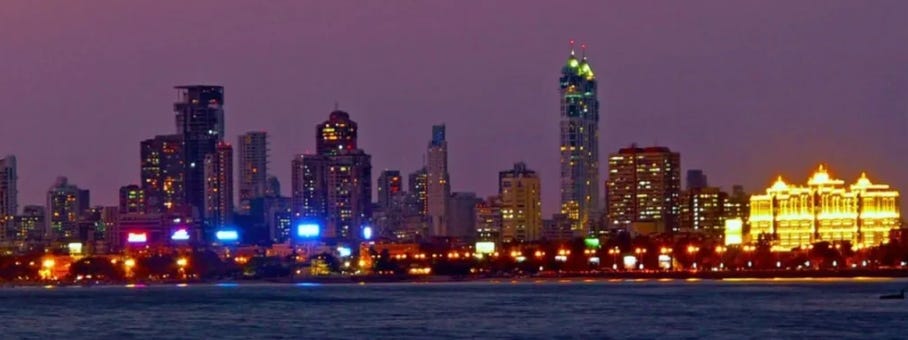




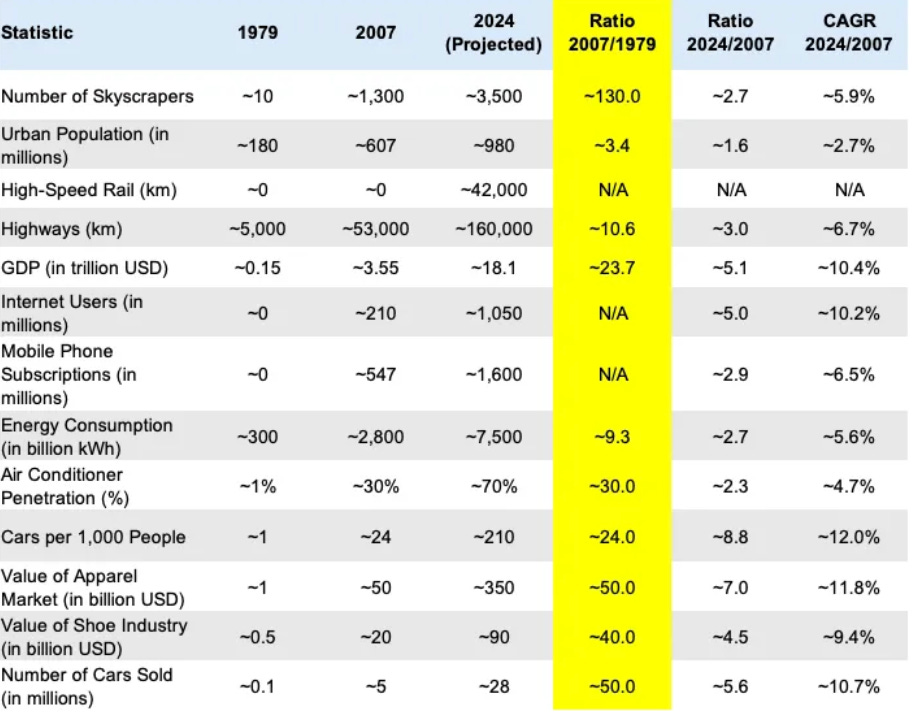



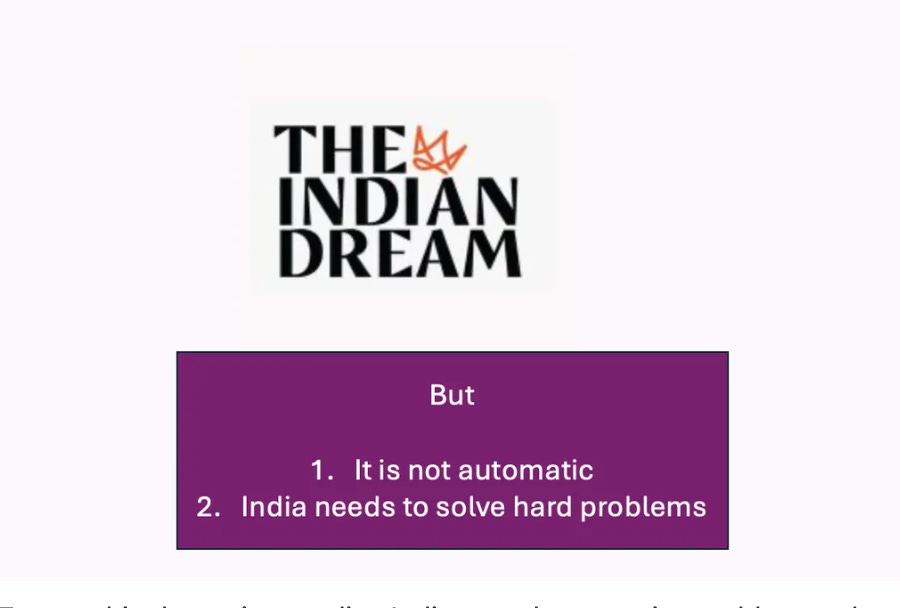





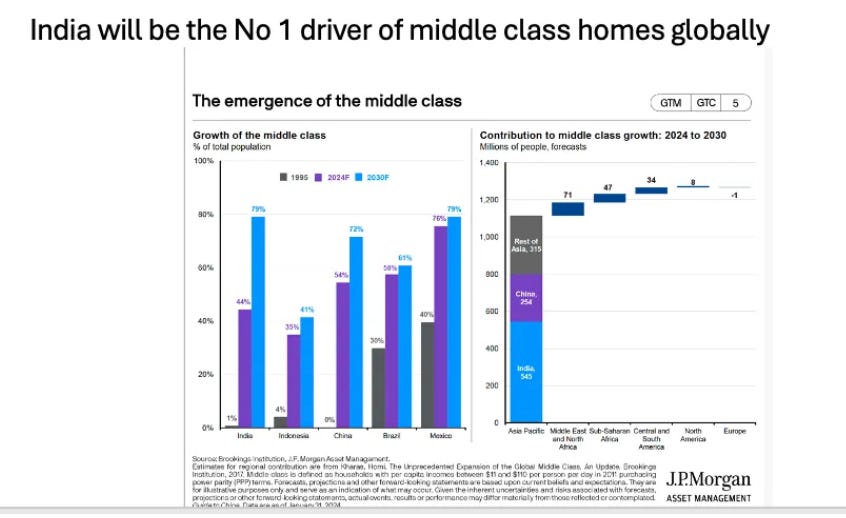






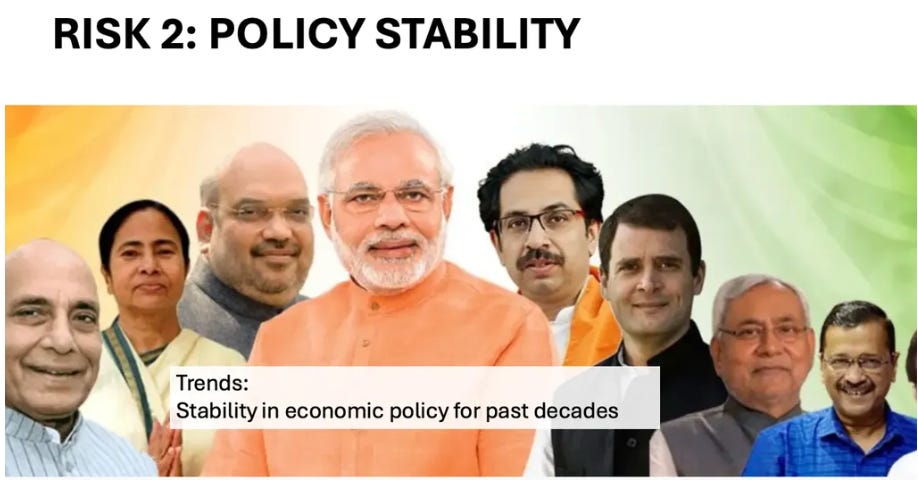


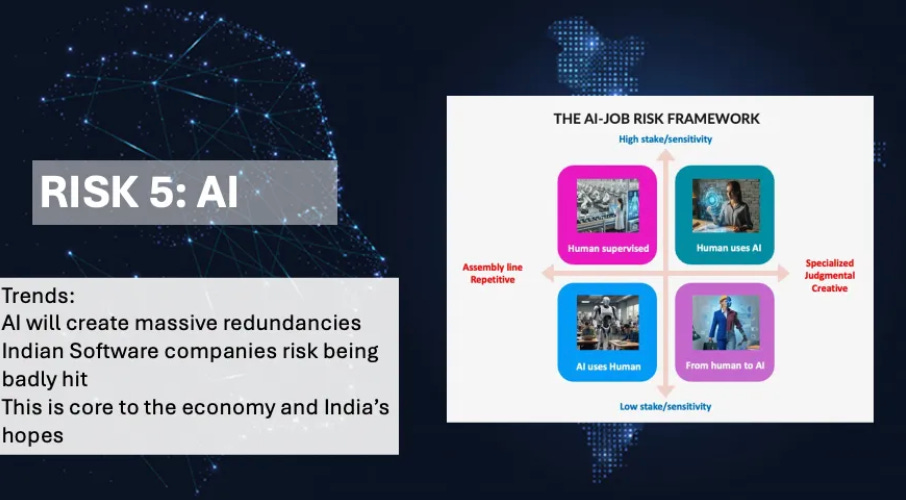

Amazing insights Adi and very thought provoking. I'll be taking another look at my investments as a first step.
Thank you addy for sharing your insights. this article forces me to rethink again my plan to go out from India to gain work experience and experience different lifestyle. Eagerly waiting for next planned article.